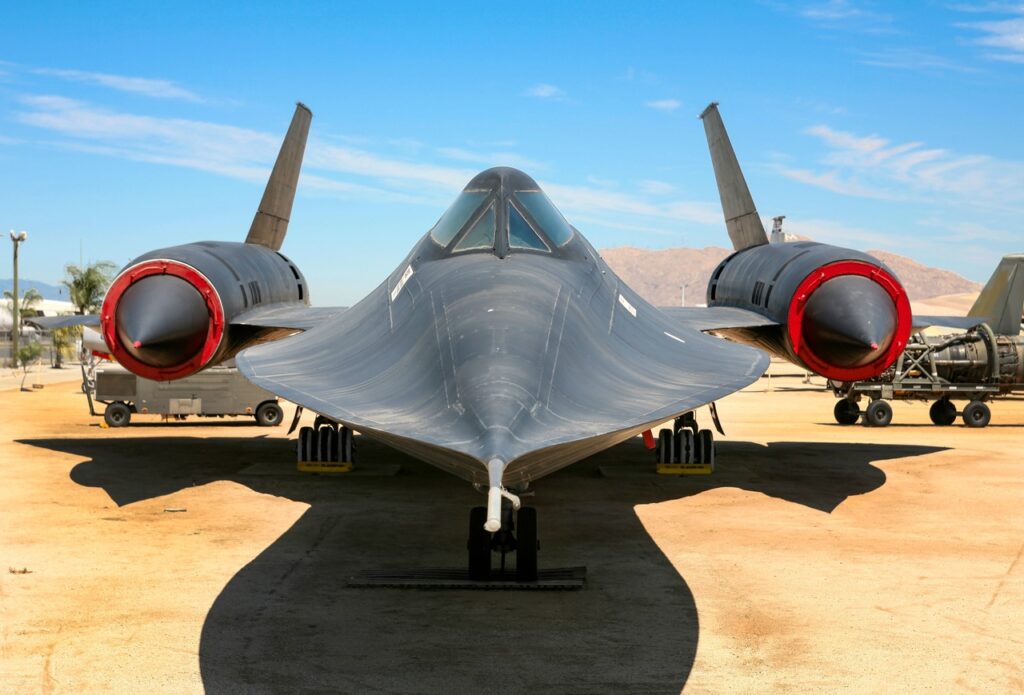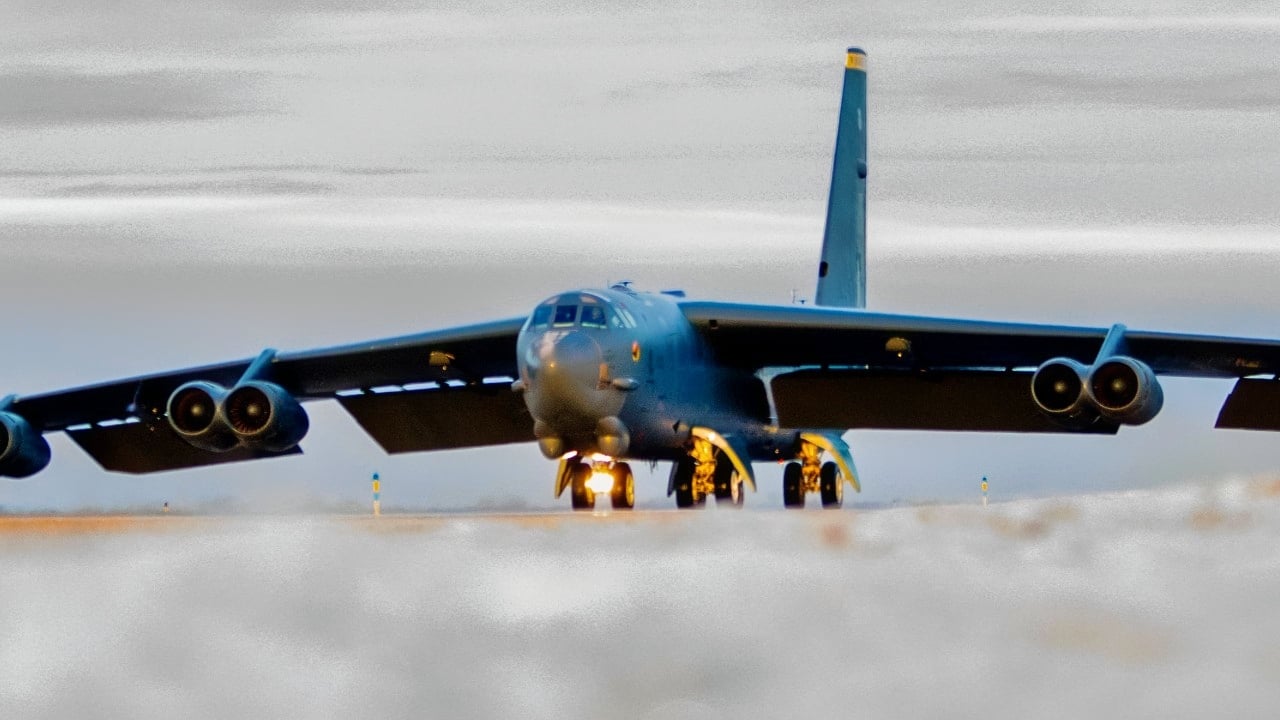
The Air Force’s New B-52J Bomber Explained in 2 Words
Non Operational: The Boeing B-52J, the latest upgrade of the B-52 Stratofortress, won’t be operational until 2033, leaving the U.S. Air Force reliant on aging B-52s.
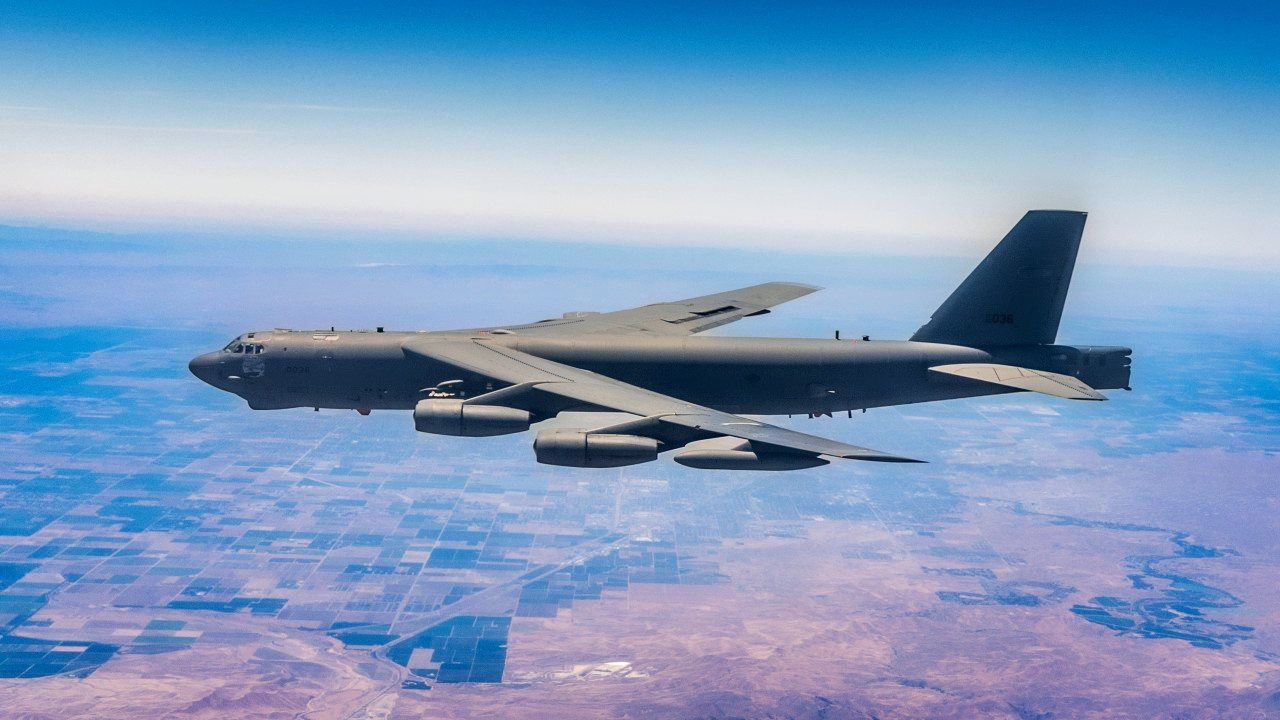
-This modernized variant promises significant upgrades: the fuel-efficient Rolls Royce F-130 engine, a new radar system from the F/A-18 Super Hornet, and enhanced weaponry capacity.
-The B-52J’s wide-ranging arsenal, including gravity bombs, cruise missiles, and hypersonics, will ensure mission flexibility. However, with the B-1 and B-2 bombers phasing out and the B-21 still in testing, the Air Force faces an interim period where the aging B-52 fleet must carry the load.
B-52J: The Air Force’s New Workhorse Bomber Won’t Fly Until 2033
The forthcoming Boeing B-52J, the latest variant of the apparently timeless B-52 Stratofortress, won’t fly until 2028—and won’t be operational until 2033. Nine years. That’s a long time for an upgrade on an airframe that has been flying since the 1950s, and for a B-52 fleet that is already in disrepair, and for a service that is increasingly dependent on the Cold War-era bomber to meet its bombing needs.
What is the B-52J?
The B-52J will be the latest variant of the B-52, featuring some notable upgrades. One, the B-52J will receive a new engine—the Rolls Royce F-130—which promises to enhance both fuel efficiency and stealth performance. Granted, the B-52 is never going to be a stealth aircraft—the airframe was designed four decades before stealth was introduced—but the new engine is a step in the right direction. Two, the B-52J will receive a new radar system, straight from the U.S. Navy’s F/A-18 Super Hornet. And three, the B-52J will be upgraded with lots of new and improved weaponry.
The B-52J’s new weaponry gets to the heart of the issue, really; bombers are designed for one reason: to deliver ordinance on target. Accordingly, the weapons a bomber carries speaks to the bomber’s effectiveness—and the B-52J will be loaded with weapons.
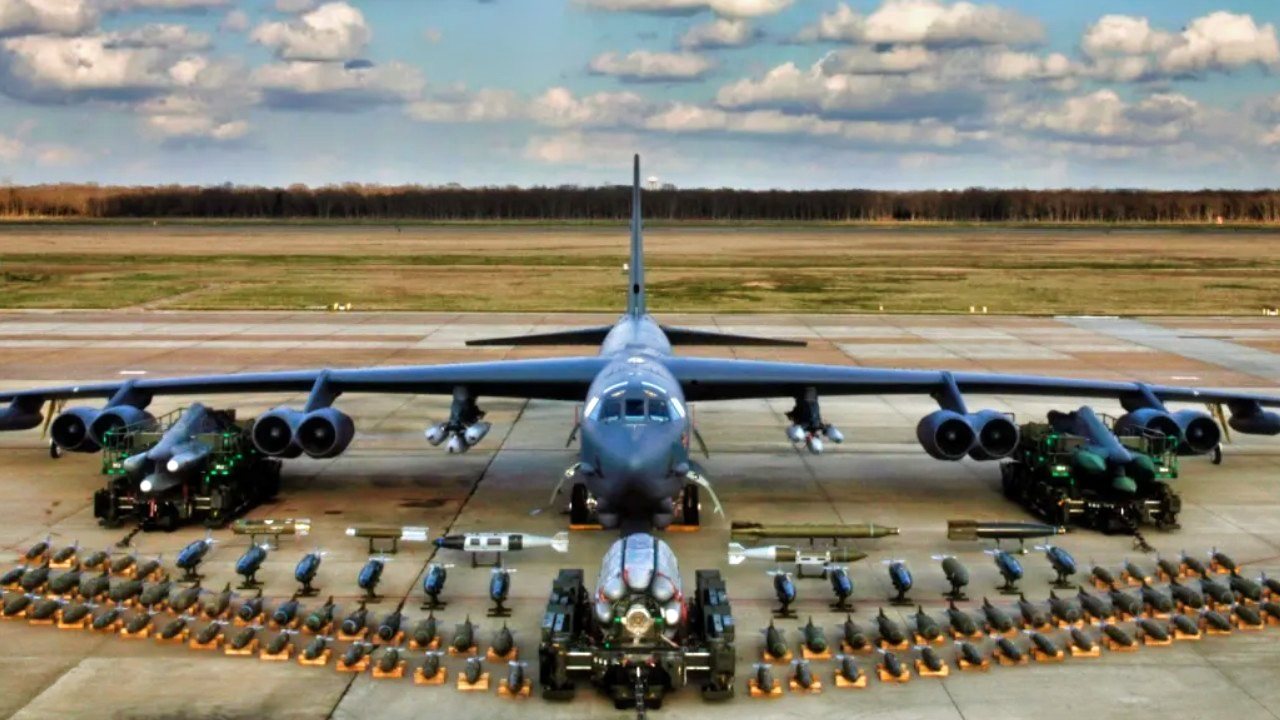
Existing B-52s can carry up to 70,000 pounds (that’s 35 tons, or a Fin Whale’s worth) of weaponry, including bombs, mines, and missiles—configured to meet a mission’s parameters. For comparison, consider that the World War II-era B-24 Liberator could carry just 8,000 pounds of ordnance. But it’s not just how much ordnance the B-52J will be able to carry, but the kinds of ordnance.
“The B-52J is expected to be a versatile platform, capable of carrying a wide range of weapons, from gravity bombs to cruise missiles and hypersonic missiles,” Brandon J. Weichert wrote. “This flexibility will allow the bomber to engage the enemy with ‘affordable mass,’ precision-guided munitions, and highly specialized, ‘exquisite’ weapons as needed.”
Yet, the Air Force will have to wait nearly a decade before its new and improved B-52J is available.
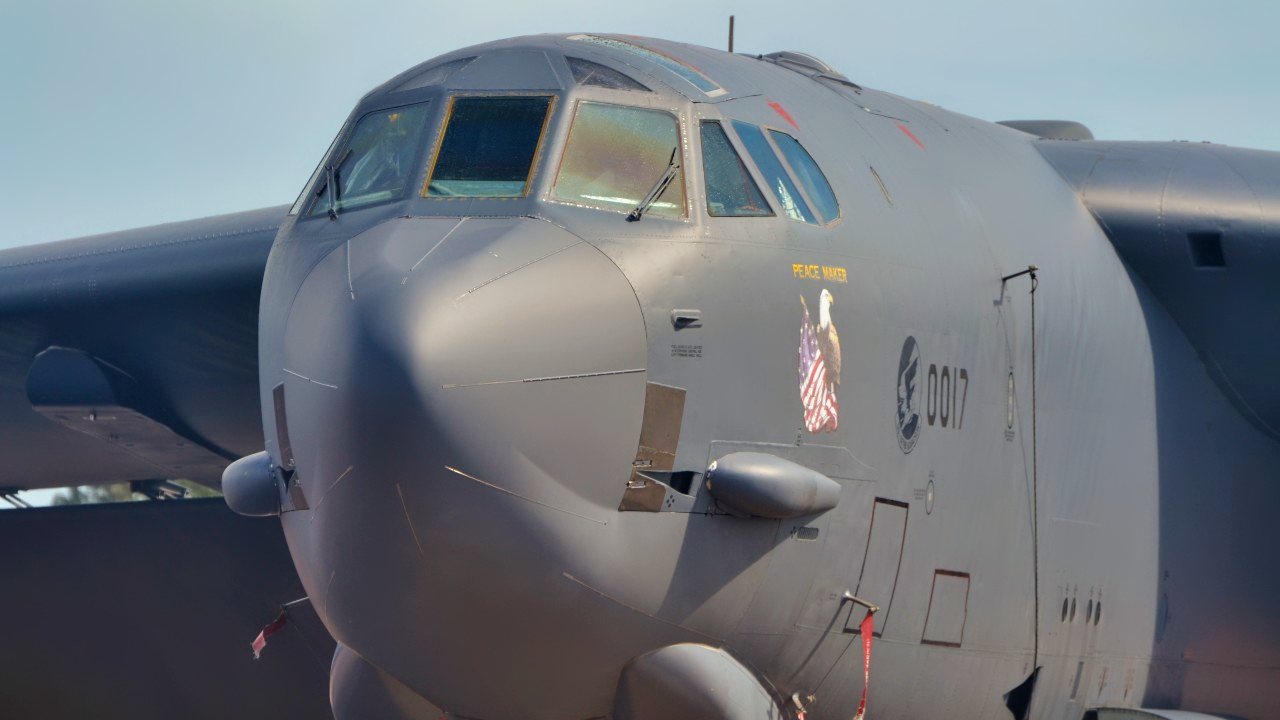
Waiting on BUFF
The J-variant will supplement an existing B-52 fleet that is in disrepair, and increasingly, incapable of flying—which is what one would expect from airframes that were built several decades ago. The problem, however, is that the Air Force will become increasingly reliant upon the B-52, however unorthodox that may sound. Indeed, the B-1 and B-2 bombers are both being phased out; the B-21 bomber is still in flight testing and won’t be available until the early 2030s; that leaves the B-52 fleet, which is aging and waiting on J-variant deliveries.
So, the Air Force is in a weird place regarding its bomber fleet. Once the B-21 and the B-52J are online, the bomber fleet will be set, potentially for decades to come. But getting to the point where both new airframes are operational might take some patchwork and creativity.
About the Author: Harrison Kass
Harrison Kass is a defense and national security writer with over 1,000 total pieces on issues involving global affairs. An attorney, pilot, guitarist, and minor pro hockey player, Harrison joined the US Air Force as a Pilot Trainee but was medically discharged. Harrison holds a BA from Lake Forest College, a JD from the University of Oregon, and an MA from New York University. Harrison listens to Dokken.
All images are from Shutterstock and Creative Commons.


